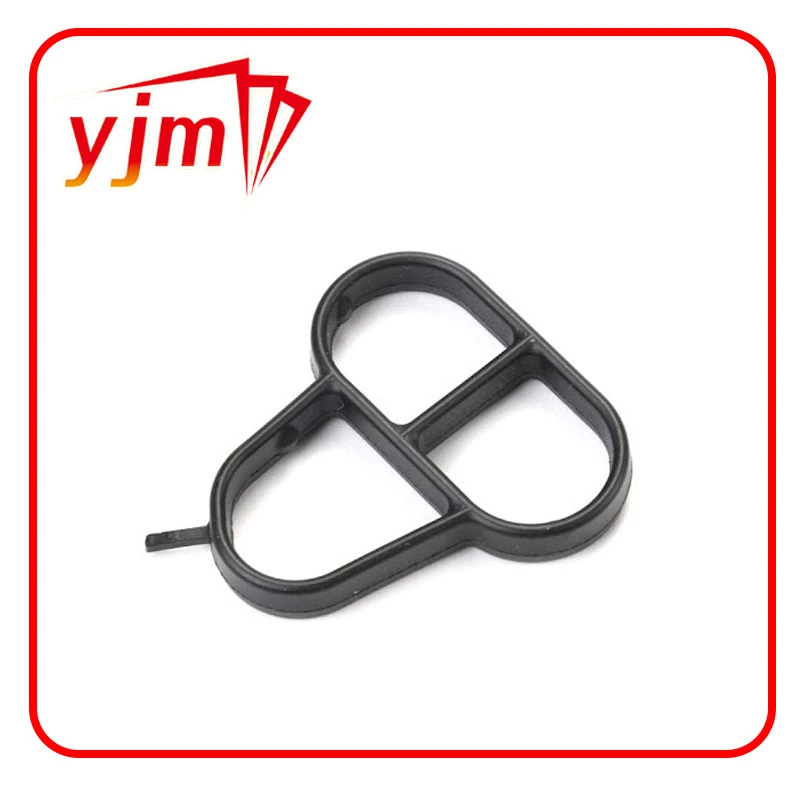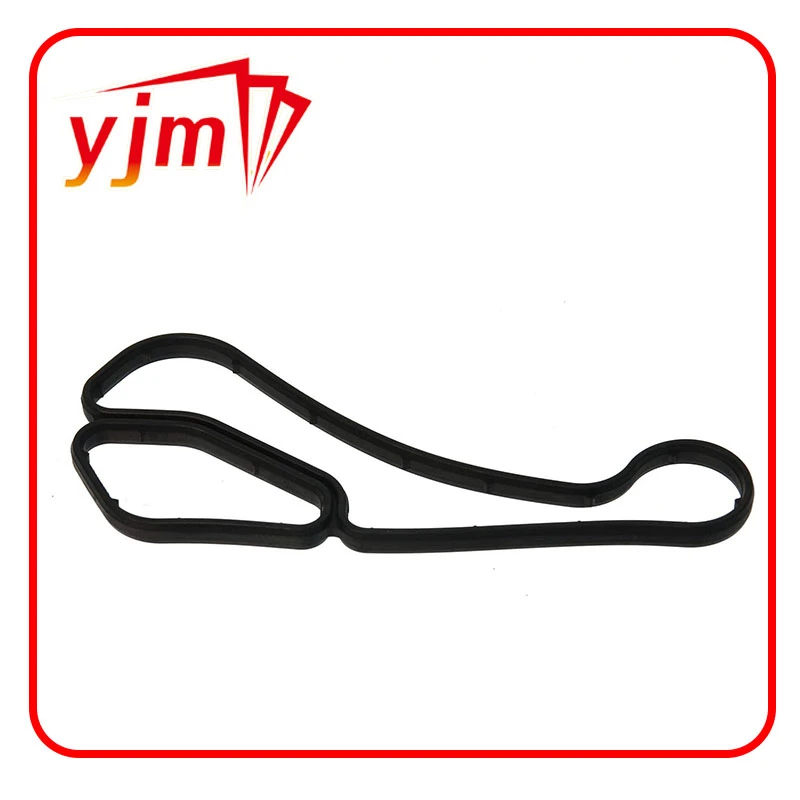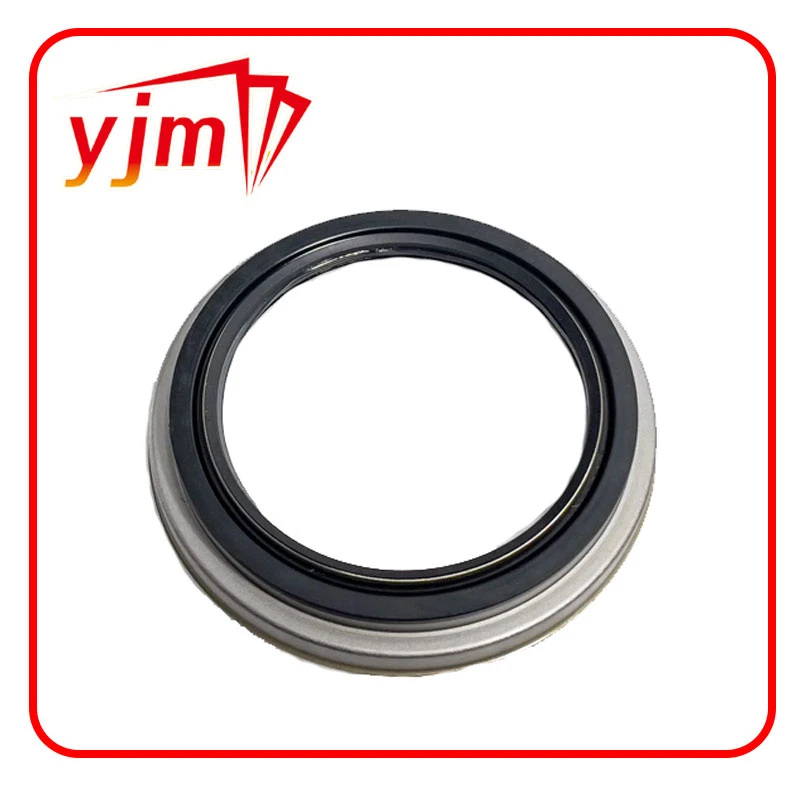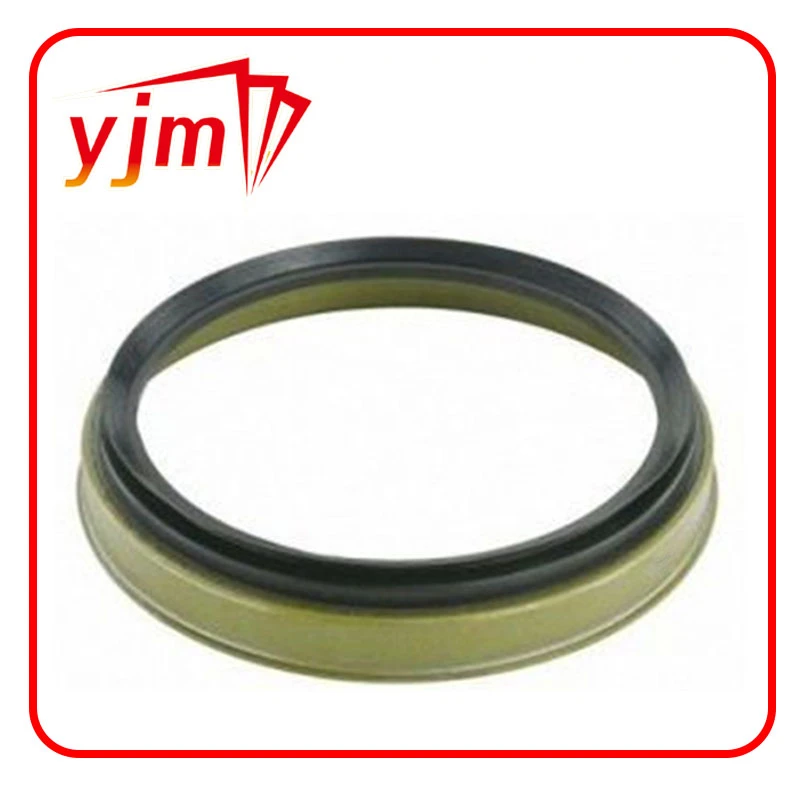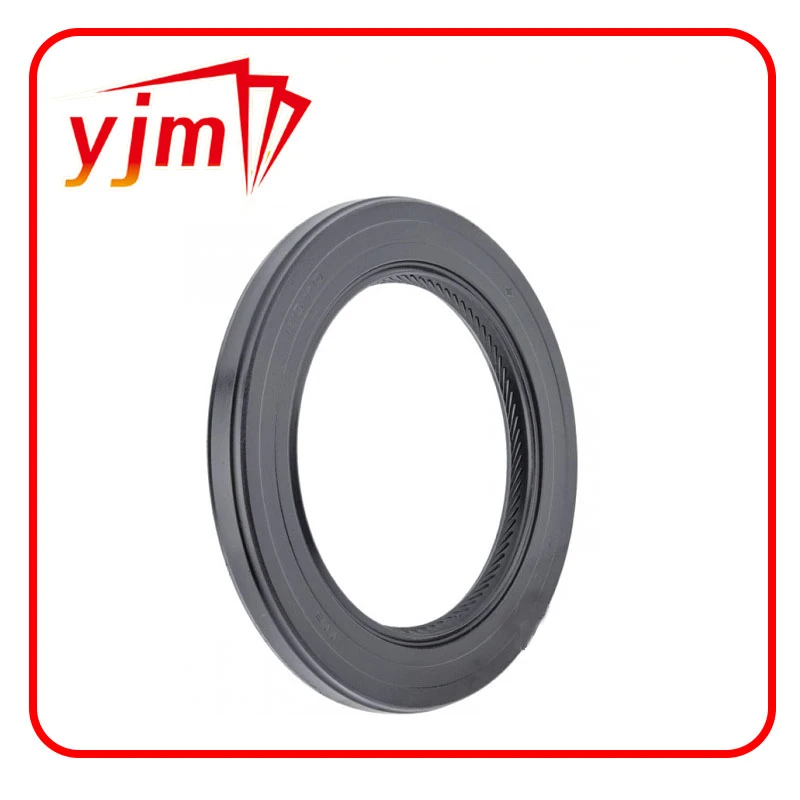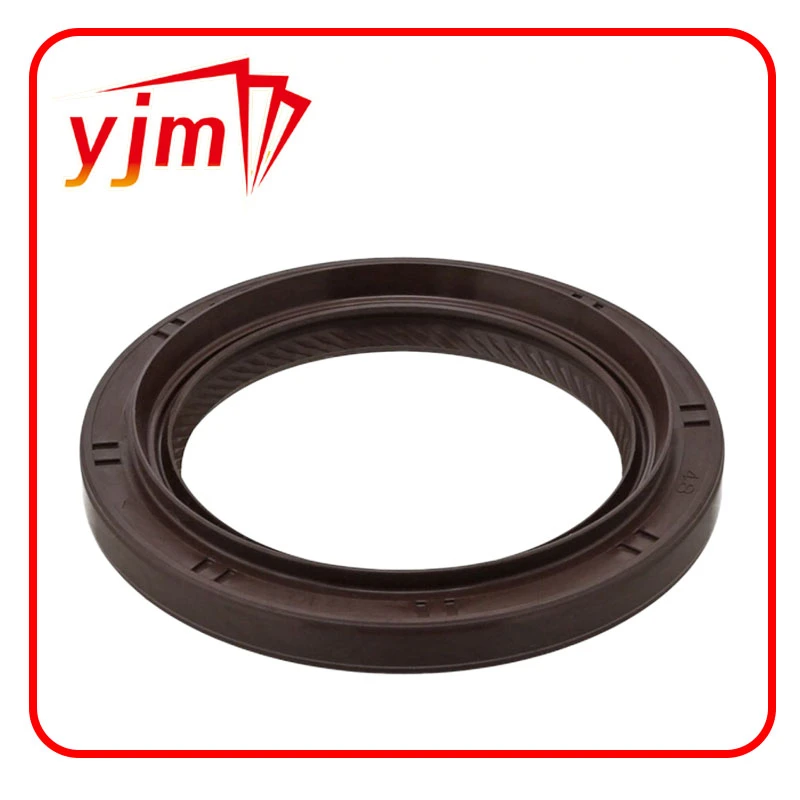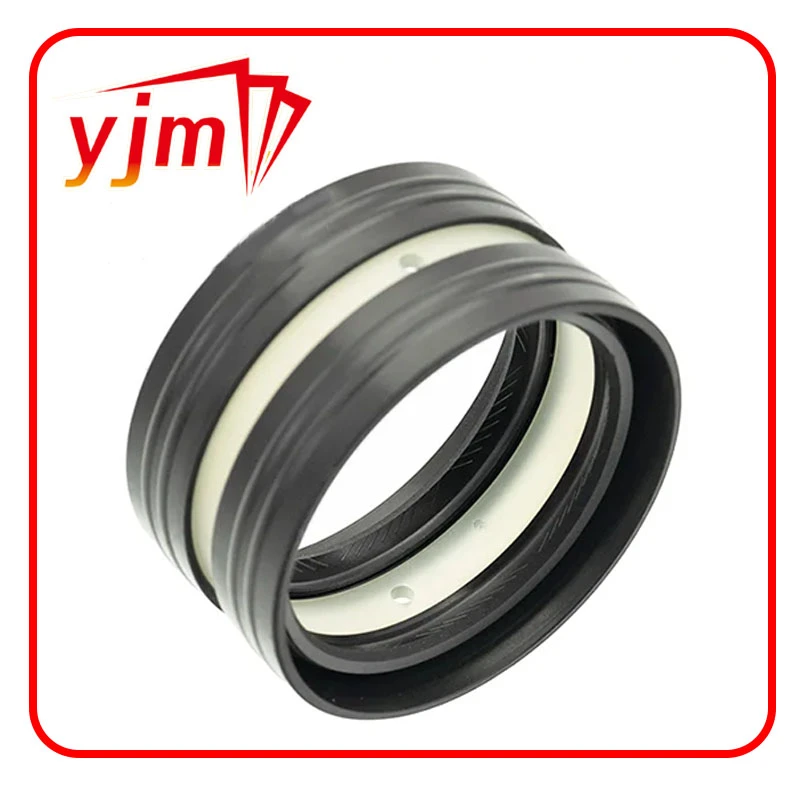Comprehensive Guide to Oil Seal 45 62 8 - Specifications, Uses & Suppliers
Understanding Oil Seal 45 62 8: Small Component, Big Impact
If you’re like me, you probably never gave much attention to this little thing called an oil seal 45 62 8—a sort of unsung hero quietly keeping machines running smoothly, vehicles rolling, and industries humming worldwide. But these tiny seals play a surprisingly massive role in protecting machinery parts from dirt, dust, and of course, oil leaks. And given how much global manufacturing and transport depend on them, knowing their ins and outs is not just for engineers but also for anyone interested in how the world ticks internally.
Why does it matter? Well, consider this: supply chains, energy sectors, and even humanitarian relief depend on machinery uptime. A single seal failure can lead to costly downtime, environmental hazards, or worse. That’s why understanding the nuances of something as specific as the oil seal 45 62 8 helps both manufacturers and end users maintain safety, efficiency, and sustainability.
Oil Seal 45 62 8: A Global Industrial Staple
The global industry output in manufacturing and machinery — involving transport, agriculture, and even defense — is vast. According to the International Organization for Standardization (ISO), proper sealing technology reduces leaks by up to 70% globally, significantly cutting waste and environmental pollution (ISO 6194 series).
But it’s not just the big picture. In some places, especially emerging industrial hubs across Asia and Africa, upgrading to reliable oil seals like the "45 62 8" model is a real game-changer. It improves equipment lifespan, reduces downtime, and ensures smoother operation in harsh environments where maintenance resources can be scarce.
Yet challenges remain: contamination, high temperature wear, and improper fitting often trip up even experienced technicians. So, it’s this exact set of obstacles that a well-designed oil seal addresses straightforwardly.
What Really Is an Oil Seal 45 62 8?
Simply put, the oil seal 45 62 8 refers to a radial shaft seal with specific dimensions — 45 mm inner diameter, 62 mm outer diameter, and 8 mm thickness. These measurements define where and how it fits onto machinery shafts and housings. Its main job is to hold lubricants inside a device (like oil or grease) while keeping contaminants out.
Think of it like the gasket on your kitchen sink, but for spinning mechanical parts on a much smaller, more technical scale.
Importantly, these seals are the linchpins of modern machines — from car engines and pumps to industrial conveyor systems and wind turbines — ensuring continuous operations without costly leaks or breakdowns.
Key Aspects of Oil Seal 45 62 8 That Matter Most
Durability
Durability is king. The 45 62 8 oil seal generally uses advanced materials like nitrile rubber or fluoroelastomer. These compounds withstand temperature swings (usually from -30°C to 120°C), chemical exposure, and abrasion—a must in industries where a seal’s failure means not just downtime but safety hazards.
Precision Fit
The exact size spec (45 × 62 × 8) might seem trivial, but it’s critical. An off-size seal can cause oil leaks or mechanical friction leading to premature wear. Manufacturers use CNC machining for housings paired with these seals to ensure near-perfect tolerance.
Cost Efficiency
Unlike complex machine parts, these seals are relatively affordable. They prevent costly repairs or replacements by extending equipment life, saving money in the long run. For sectors like agriculture or mining, where rough conditions are normal, these seal savings add up fast.
Environmental Resistance
Oil seals like the 45 62 8 often resist oils, solvents, and even some caustic fluids. Their resistance to environmental factors ensures they don't degrade quickly, an advantage vital in offshore or industrial chemical applications.
Easy Replacement & Maintenance
These seals are designed for easy installation and routine replacement. That’s why technicians love them—minimal downtime and straightforward upkeep.
Mini Takeaway:
The oil seal 45 62 8 might be tiny but every feature — from material choice to size precision — contributes directly to its reliability and the smooth operation of complex machines worldwide.
How & Where the Oil Seal 45 62 8 Is Used Globally
Industries don’t just use oil seals; they depend on the right type, and 45 62 8 fits a broad range of applications. In automotive workshops across Germany, this seal keeps engines efficient and emissions low. In remote hydroelectric plants in South America, it guarantees turbine lubrication systems stay leak-free in humid conditions.
Even in emergency medical transport vehicles in disaster zones, the machines rely on such sealing precision to ensure no unexpected failures during critical missions.
In manufacturing factories in China, replacing generic seals with precision 45 62 8 components has led to a reported 15% drop in unscheduled maintenance, underscoring real ROI benefits.
Global Vendor Specification Table for Oil Seal 45 62 8
| Specification | Value | Remarks |
|---|---|---|
| Inner Diameter | 45 mm | Fits standard 45 mm shafts |
| Outer Diameter | 62 mm | Standard housing bore size |
| Thickness | 8 mm | Typical radial seal width |
| Material | Nitrile Rubber (NBR) or FKM | Temperature & chemical resistance |
| Temperature Range | -30°C to 120°C | Suitable for most machinery |
| Application | Rotating shaft seals | Standard mechanical maintenance |
Vendors Compared: Choosing Your Oil Seal 45 62 8 Supplier
| Vendor | Material Options | Price Range (USD) | Quality Assurance | Lead Time |
|---|---|---|---|---|
| YJM Seal | NBR, FKM, SIL | $3.50 - $5.00 | ISO9001 Certified, Batch Tested | 2-3 days (stock), 7 days custom |
| SealPro Co. | NBR, PU | $3.80 - $4.50 | ISO9001, Client Testing | 5-7 days |
| GlobalSeals | FKM, SIL | $4.00 - $6.00 | ISO/TS 16949, Warranty | 7-10 days |
What’s the Value? Why Care About This Seal in the Long Run?
From a practical standpoint, a reliable oil seal like the 45 62 8 keeps machines running longer, reducing replacement costs and downtime. For engineers and maintenance teams, reliability means less stress and more trust in their equipment. I recall chatting with a plant manager who said switching to better seals literally cut their emergency repair calls in half.
Environmental sustainability is another angle — seals prevent oil leaks that pollute soil and waterways. That’s not an abstract benefit in today’s world, especially with steadily tightening environmental regulations globally.
Beyond logic, there’s peace of mind: knowing that your factory’s core mechanical parts won’t suddenly go haywire, or that your off-road vehicle won’t spill oil miles from help, is irreplaceable. Innovation in seal materials keeps pushing these benefits forward every year.
Looking Ahead: Innovation & Trends in Oil Seals
Frankly, the sealing industry might not seem cutting-edge, but it’s evolving. New synthetic materials with better heat and chemical resistance, nanocomposite coatings for longer life, and smart patents for self-lubricating seals are just some of the tech directions underway.
Also, digital monitoring is coming into play. Imagine seals integrated with sensors that alert maintenance teams to wear before leaks happen. Combined with Industry 4.0 frameworks, this could reduce unplanned downtime even further.
Green energy projects, like wind turbines and electric vehicle engines, require seals that perform reliably under new stress profiles, so expect growth and innovation targeting exactly that.
The Challenges: What Holds Us Back?
Of course, nothing’s perfect. There are still issues like seal compatibility with exotic oils, difficulties in extreme temperatures, and challenges in custom fit for irregular shaft materials. Improper installation remains a surprisingly common cause of failure, too.
Innovative solutions include improved training for technicians, better testing protocols, and development of more universal seal designs that adapt to a wider range of applications.
FAQ: Common Questions About Oil Seal 45 62 8
- Q: How do I know if the oil seal 45 62 8 fits my machine?
A: Check your shaft diameter and housing bore; the 45 mm inner diameter and 62 mm outer diameter must correspond exactly. Consult the equipment manual or a professional if in doubt. - Q: How long does an oil seal typically last?
A: Under normal operating conditions, seals last 3-5 years, but this depends on temperature, environment, and maintenance frequency. Harsh environments can shorten lifespan. - Q: Can I install an oil seal myself?
A: It’s possible if you have the right tools and experience, but improper installation risks leaks or damage. When unsure, professional installation is recommended. - Q: Are these seals eco-friendly?
A: Materials are mostly synthetic but advances aim for longer durability and less waste. Used seals should be recycled properly to minimize environmental impact. - Q: Where can I buy authentic oil seal 45 62 8 products?
A: Reputable manufacturers and distributors like YJM Seal offer verified, high-quality seals with certifications and quality assurance.
Final Thoughts
Understandably, the oil seal 45 62 8 feels like a small cog in the vast machinery of industry — yet its role is pivotal. Amid growing demands for sustainability and efficiency, choosing the right seal isn’t just a maintenance task, but a strategic decision that protects investments, the environment, and safety.
If you want to explore quality seals and expert advice for your applications, visit our product page and see what the latest in sealing technology can offer your business.
References and Further Reading
-
Seal 12x20x5: Precision Radial Shaft Seals for Industrial Reliability
News Nov.24,2025
-
Seal 12x18x5: Essential Guide to Specifications, Applications & Vendors
News Nov.24,2025
-
Understanding Seal 12 20 5: Applications, Specifications & Industry Insights
News Nov.23,2025
-
Durable Oil Seal 85x110x12 – Reliable Sealing Solutions for Industry
News Nov.23,2025
-
Durable and Precise Oil Seal 75x95x10 for Efficient Machinery | YJM Seal
News Nov.22,2025
-
Durable Oil Seal 75x100x10 for Reliable Industrial Performance | YJM Seal
News Nov.22,2025
-
High-Quality Oil Seal 65x90x10 | Durable & Reliable Sealing Solutions
News Nov.22,2025
Products categories

